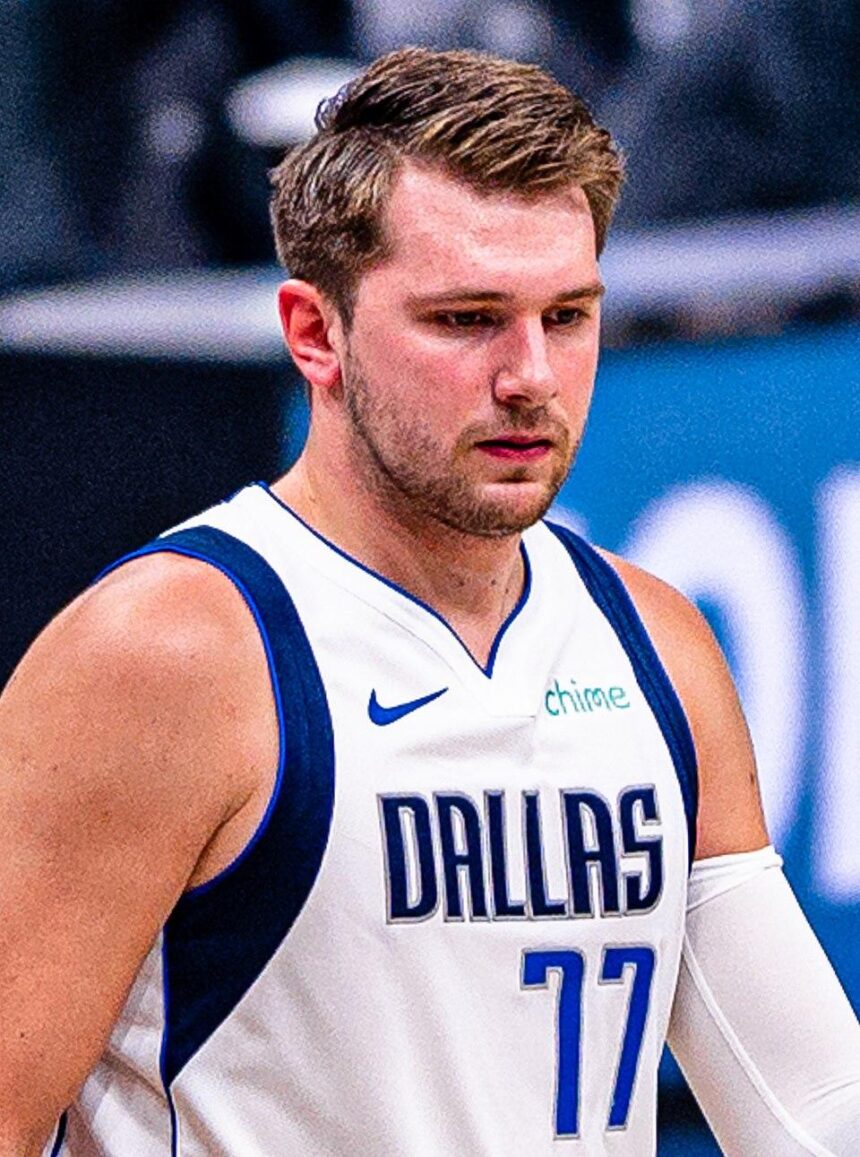In the lead-up to the 2018 NBA Draft, the Phoenix Suns faced a pivotal decision that would shape the franchise’s future. With the first overall pick in hand, the Suns selected Deandre Ayton, a dominant center from the University of Arizona, sparking debate among fans and analysts alike. But what if the Suns had taken a different route, opting instead for Luka Doncic, the Slovenian prodigy who was ultimately chosen third overall by the Dallas Mavericks? This hypothetical scenario offers intriguing insights into team dynamics, player development, and the potential trajectory of the Suns’ franchise. PHNX Sports delves into the “what if” that continues to captivate Phoenix basketball circles.
Exploring the Impact on the Suns’ Team Dynamics and Playstyle
Had the Suns drafted Luka Doncic instead of Deandre Ayton, the very fabric of the team’s dynamics would have shifted dramatically. Luka’s multifaceted offensive skill set – combining playmaking, scoring, and rebounding – would have made Phoenix less reliant on traditional big-man play. The Suns’ pace would likely accelerate, favoring more fast-breaks and perimeter ball movement. With Doncic orchestrating the offense, roles across the roster would adapt, requiring wings and guards to embrace off-ball movement and spacing, allowing Luka to exploit his court vision and create scoring opportunities with ease.
Potential changes in team playstyle include:
- Transition from a paint-focused attack to a perimeter-oriented offense
- Increased emphasis on pick-and-rolls and high pick-and-pop actions
- Greater involvement of wings in both scoring and playmaking duties
- Reduced dependency on interior rim protection and rebounding dominance
| Aspect | With Ayton | With Doncic |
|---|---|---|
| Primary Offensive Focal Point | Post and paint presence | Perimeter playmaking |
| Team Pace | Moderate | Fast |
| Defensive Strategy | Rim protection focus | Switch-heavy perimeter defense |
| Key Role Players Adaptation | Shooters & rim runners | Versatile wings and creators |
Assessing Luka Doncic’s Potential Influence on Phoenix’s Championship Window
Had the Suns opted for Luka Doncic instead of Deandre Ayton, their trajectory in the Western Conference may have shifted dramatically. Luka’s unique combination of elite playmaking, scoring versatility, and ice-cold clutch performances offers a different dynamic than Ayton’s inside presence. With Luka running the floor alongside Devin Booker and Chris Paul (during Paul’s tenure), Phoenix would have gained a multi-dimensional offensive engine, capable of creating shots off the dribble or delivering pinpoint assists. This added creativity could have unlocked more efficient spacing and forced opposing defenses into tough adjustments, potentially accelerating the Suns’ rise as title contenders.
However, the trade-off in frontcourt dominance cannot be overlooked. While Doncic injects elite guard playmaking, Ayton’s rim protection and rebounding brought balance to Phoenix’s lineup. In evaluating championship potential, Phoenix’s window might have shifted towards a guard-oriented brand of basketball, enabling:
- High-tempo offense maximizing Luka’s transition vision.
- Increased perimeter threat opening lanes for drives and kick-outs.
- Greater defensive mismatches needing complementary rim defenders.
| Aspect | With Ayton | Hypothetical With Doncic |
|---|---|---|
| Playmaking | Moderate | Elite |
| Interior Presence | Strong | Moderate |
| Spacing | Good | Excellent |
| Championship Flexibility | Positional balance | Guard-centric |
Strategic Recommendations for Maximizing Doncic’s Talents Within the Suns Organization
To fully harness Luka Doncic’s extraordinary skill set, the Suns’ front office would need to recalibrate their roster construction and coaching philosophy. Prioritizing an offensive system that emphasizes his playmaking and scoring versatility would enable the team to leverage his vision and high basketball IQ. Integrating Doncic as the primary ball-handler while surrounding him with shooters and versatile defenders could create a dynamic offense capable of exploiting mismatches and spacing the floor effectively. Additionally, adapting defensive schemes to compensate for Doncic’s comparative defensive limitations would be essential, potentially pairing him with lockdown defenders to mask any vulnerabilities.
Beyond tactical shifts, the Suns could accelerate Doncic’s development by investing in personalized training and recovery protocols, ensuring he sustains peak physical performance throughout the grueling season. Building around his leadership qualities would also foster a strong locker room culture. Below is a snapshot of possible complementary player archetypes that would maximize Doncic’s impact next to him:
| Player Archetype | Role | Impact with Doncic |
|---|---|---|
| 3-and-D Wing | Perimeter defense & spacing | Provides crucial floor spacing and defensive pressure, freeing Doncic to create |
| Rim Protector | Interior defense & rebounding | Offsets defensive weaknesses and anchors the paint, enhancing team defense |
| Secondary Playmaker | Off-ball movement & facilitating | Relieves playmaking duties, allowing Doncic to focus on scoring |
In Conclusion
In the end, the hypothetical scenario of the Phoenix Suns selecting Luka Doncic instead of Deandre Ayton sparks intriguing debates about the team’s trajectory and current roster composition. While Ayton has shown promise as a dominant center, Doncic’s dynamic playmaking and scoring ability might have reshaped the Suns’ identity and success in profound ways. As the Suns continue to build around their core, reflecting on what might have been offers valuable insight into the intricate nuances of draft decisions and their lasting impact on franchise fortunes. Only time will tell how different choices might have altered the landscape of the NBA, but the discussion around Doncic versus Ayton remains a compelling chapter in Suns history.














